Over the summer, I came across Foof.Shop‘s amazing Japanese fabric phone sleeves, and contacted them about possibly reviewing one. They got back to me a while later, offering me a surprisingly vast selection of products with one special stipulation. More on that at the end of this post 😉
I received these before the vacation I mentioned in my last post, and figured that would be an excellent time to test one out. They’re made primarily for iPhones, and even the largest I received was a bit snug on my Samsung Galaxy 6S, but I made it work. Through security, customs, several long flights, a jaunt to Downtown Disney in Anaheim, amongst other things, and my phone felt secure and protected the entire time. Not only that, but the cover stayed clean and snug far beyond what I would originally have expected of a fabric cover. The fleece inner is soft and tight, providing a great protective fit and having the added benefit of polishing the screen every time I put my phone away. Overall, I am very impressed with the quality and finishing of these sleeves, and their wide selection of actual kimono fabric and kimono-inspired cotton patterns are an amazing bonus. If you’re looking for something to protect your mobile device that has a bit of flair to it and would look at home tucked into any sleeve or obi, I urge to you check them out!
So, what’s a girl to do with all these extra phone cases? Why, give them away, of course! With huge thanks to the generous and wonderful folks at Foof, many of these will be part of the giveaway I am planning when my Facebook page reaches 1000 fans. If you want a chance to win one of these and some other goodies, follow me there and keep an eye out for news. You can also follow Foof on their Facebook page for news about new fabrics and new releases.
I received this item from the retailer or manufacturer for honest review purposes.If you have a topically appropriate craft, product, or service you would like me to review, please contact me.



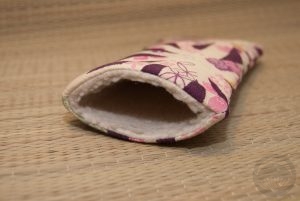
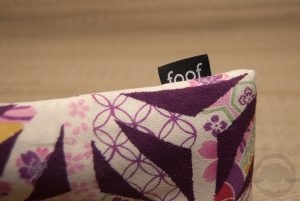
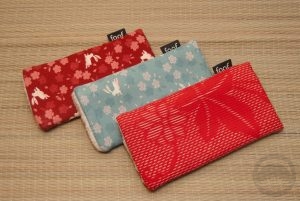
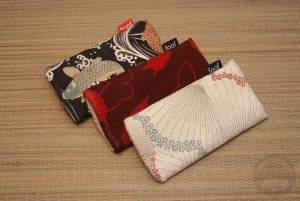

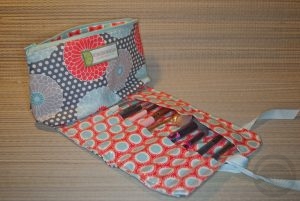



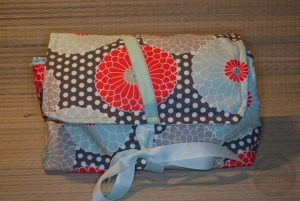
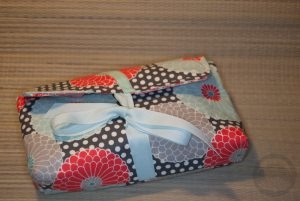
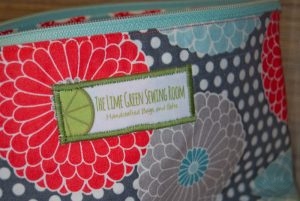




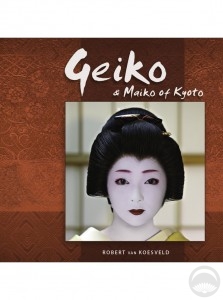
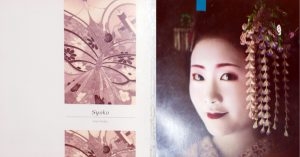
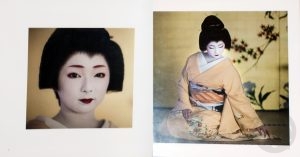
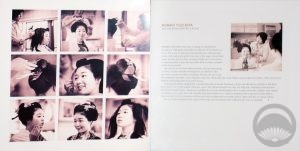
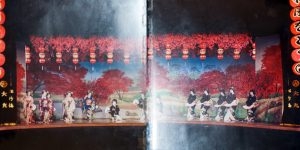
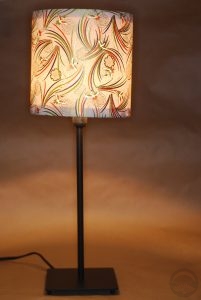
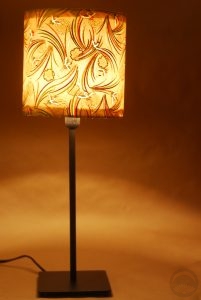
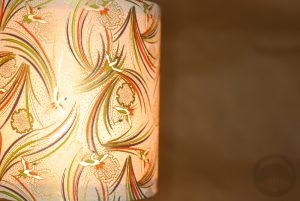
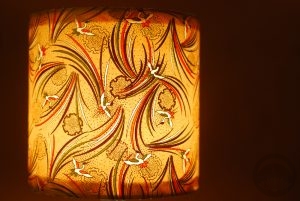
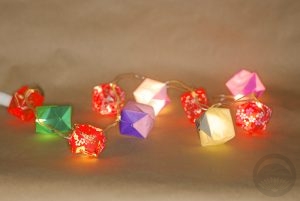
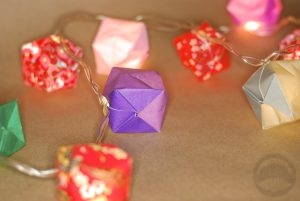

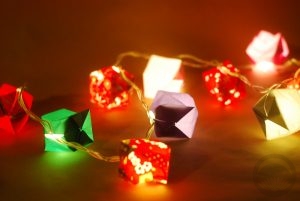

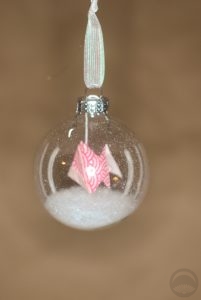






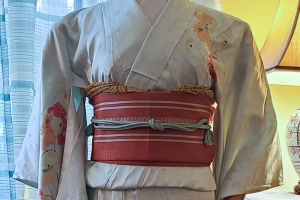

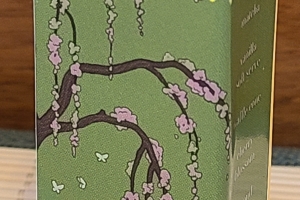
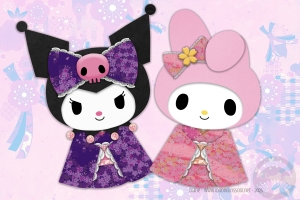
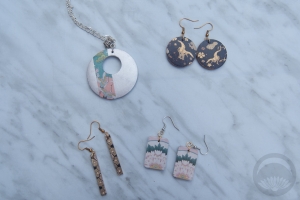

 Bebe Taian
Bebe Taian CHOKO Blog
CHOKO Blog Gion Kobu
Gion Kobu